Got a recipe calling for amaranth and none on hand? No sweat.
We’ve all hit that snag in the kitchen where one key ingredient is MIA. It’s annoying, right?
But here’s the good news: substitutes can save the day, and we’re not just talking about any run-of-the-mill alternatives.
We’re diving into the best swaps for amaranth that’ll keep your cooking game strong.
Think of this as your quick-fix guide, packed with options you possibly already have in your pantry.
No need to hit pause on that amazing recipe you found. With these swaps, you’re ready to roll.
Trust us; your dishes will still taste fantastic – maybe even better. Keep reading, because we’re about to unveil some real culinary magic.
What is Amaranth?

Amaranth is a grain that was once a staple of the Aztec diet.
Amaranth plants are tall, with large green leaves and red or gold flowers.
The small, dark seeds of the plant can be ground into flour or popped like popcorn.
Amaranth is a nutrient-rich food, providing high levels of protein, fiber, and vitamins.
It also has a high level of antioxidants and has been shown to lower cholesterol and blood pressure levels.
Today, amaranth can be found in health food stores and online retailers.
It can be used in baking or as a hot cereal and is also a popular ingredient in granola bars and energy bars.
Whether you are looking for a healthy alternative to traditional grains or simply want to add a new flavor to your recipes, amaranth is worth exploring.
The 5 Best Substitutes for Amaranth
If you can’t find amaranth, or if you’re looking for a change, there are plenty of other whole grains that make great substitutes in both cooking and baking.
Here are five of the best substitutes for amaranth.
1 – Coconut Flour
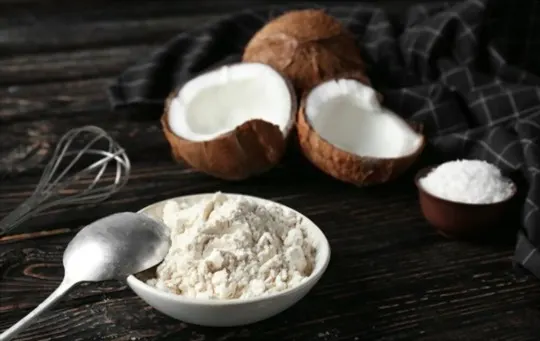
Coconut flour is a good alternative to amaranth.
It is made from ground coconut meat and is high in fiber and protein.
Coconut flour can be used in place of amaranth in most recipes, and it is often available at a lower price.
When substituting coconut flour for amaranth, be sure to use a 1:1 ratio.
Amaranth is denser than coconut flour, so using too much coconut flour will result in a dry and crumbly final product.
With a little trial and error, you should be able to find the perfect amount of coconut flour to use in your favorite recipes.
2 – Chia Seeds Flour
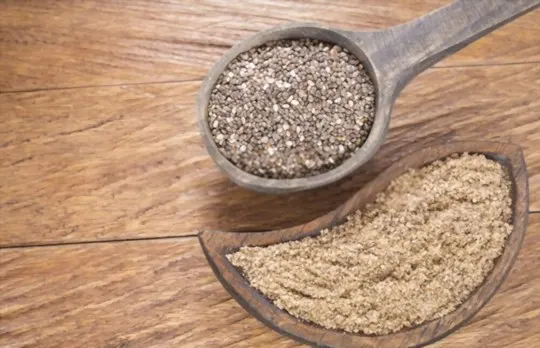
Although it is not a 1:1 substitution, chia flour can be used in place of amaranth flour in many recipes.
Chia flour is made from ground chia seeds and has a similar nutritional profile to amaranth flour.
It is a good source of fiber and protein, and it is also gluten-free.
When substituting chia flour for amaranth flour, you may need to experiment with the ratio of flour to liquid in the recipe.
Chia flour absorbs more liquid than amaranth flour, so you may need to add extra liquid to the recipe or reduce the amount of chia flour slightly.
Overall, chia flour is a versatile and nutritious substitute for amaranth flour.
3 – Chickpea Flour
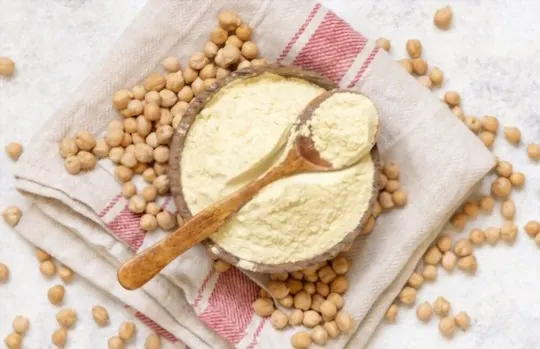
Chickpea flour is a type of flour made from ground chickpeas.
It is also known as garbanzo bean flour or besan.
Chickpea flour is a staple ingredient in Indian cuisine, where it is used to make a variety of dishes, such as pancakes, bread, and pasta.
The flour has a nutty flavor and a slight course texture.
Chickpea flour is high in protein and fiber and low in carbohydrates.
It is also a good source of iron and B vitamins.
Amaranth is another type of flour made from ground grains.
It is similar to chickpea flour in terms of its nutritional content and cooking applications.
However, amaranth has a sweeter taste and a finer texture.
When substituting chickpea flour for amaranth, you may need to add more liquid to your recipe to compensate for the different textures.
4 – Soy Flour
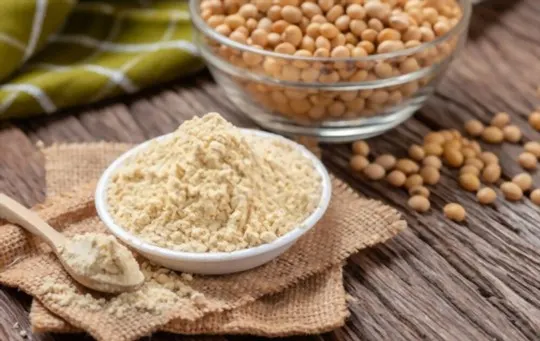
Substituting soy flour for amaranth flour can help give baked goods a boost of protein.
Amaranth is a gluten-free grain that is high in protein and fiber, making it a healthy addition to any diet.
However, it can be difficult to find amaranth flour in stores.
Soy flour is a good substitute for amaranth flour because it is also high in protein and has a similar texture.
When substituting soy flour for amaranth flour, use one cup of soy flour for every two cups of amaranth flour.
This substitution will add more protein to your baked goods without changing the texture or flavor.
5 – Cassava Flour
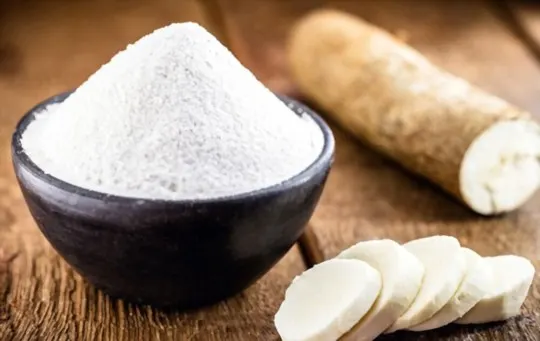
Cassava flour is a rising star in the gluten-free flour world.
It’s made from, you guessed it, the cassava root.
The cassava root is peeled, dried, and ground into a fine powder.
It has a subtle flavor and aroma, similar to that of wheat flour.
Cassava flour can be used in place of wheat flour or other gluten-free flour, such as almond flour or coconut flour.
It’s perfect for baked goods like cakes, cookies, muffins, and bread.
Cassava flour behaves similarly to wheat flour, so it’s easy to swap out in your favorite recipes.
And since it’s gluten-free, it’s perfect for people with celiac disease or gluten intolerance.
Conclusion
In conclusion, amaranth is a great superfood that has many health benefits.
However, if you are looking for substitutes, these five options are great alternatives.
These substitutes for amaranth can help you get the nutrients you need without having to compromise on taste or texture.
Each one has its own set of nutrients and benefits, so be sure to choose the one that best fits your needs.
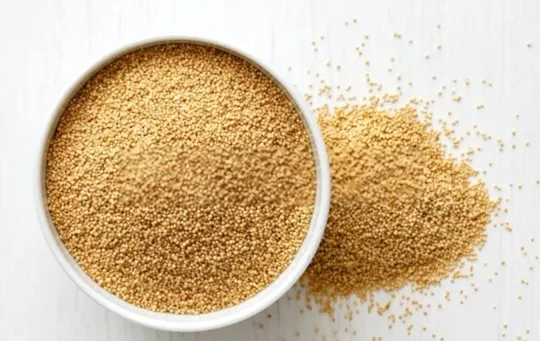
The 5 Best Substitutes for Amaranth
Ingredients
- Coconut Flour
- Chia Seeds Flour
- Chickpea Flour
- Soy Flour
- Cassava Flour
Instructions
- Pick your favorite substitute from the list above.
- Follow cooking directions for your selected substitute with the proper ratio of ingredients.

Andrew Gray is a seasoned food writer and blogger with a wealth of experience in the restaurant and catering industries. With a passion for all things delicious, Andrew has honed his culinary expertise through his work as a personal chef and caterer.
His love for food led him to venture into food writing, where he has contributed to various online publications, sharing his knowledge and insights on the culinary world. As the proud owner of AmericasRestaurant.com, Andrew covers a wide range of topics, including recipes, restaurant reviews, product recommendations, and culinary tips.
Through his website, he aims to inspire and educate fellow food enthusiasts, offering a comprehensive resource for all things food-related.

Leave a comment